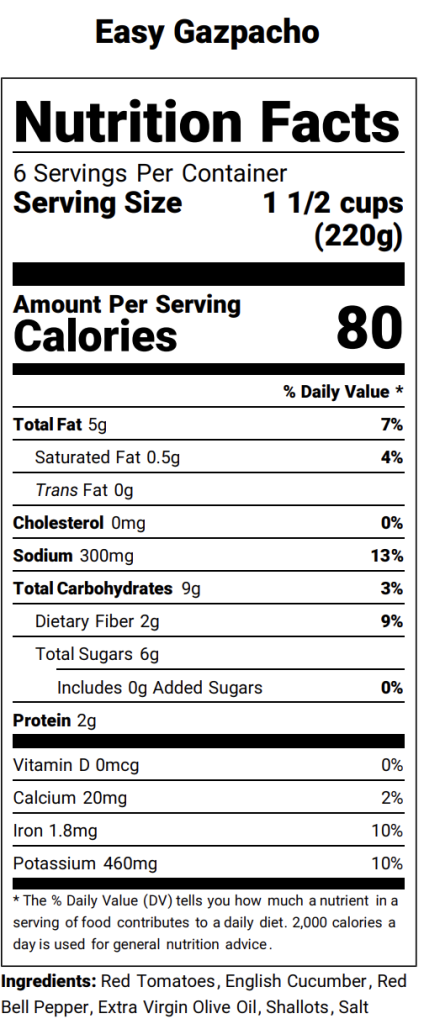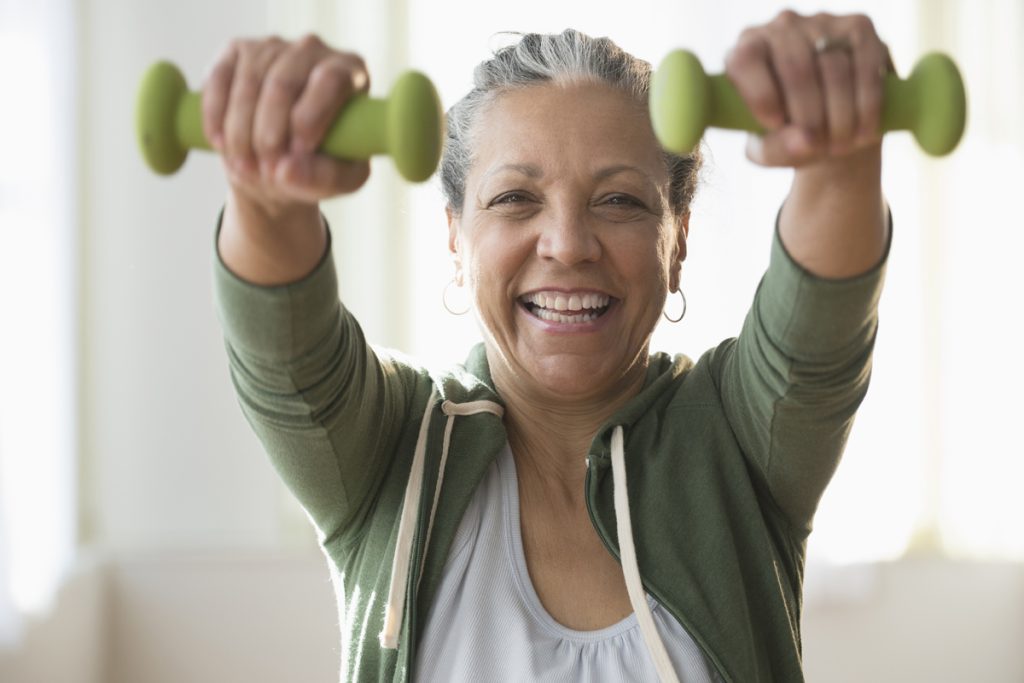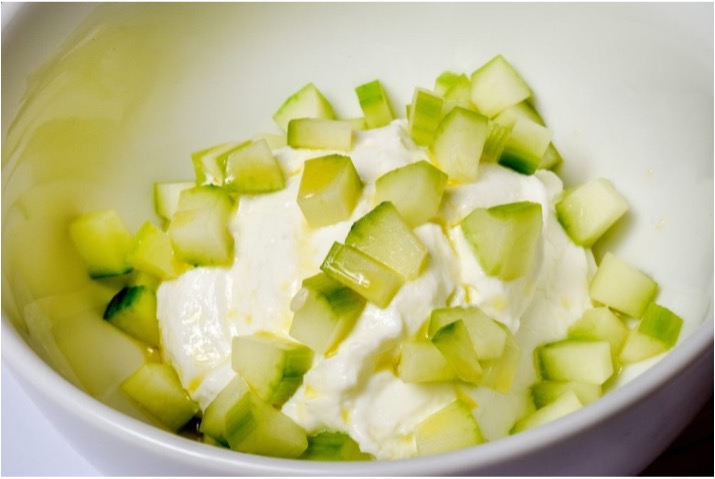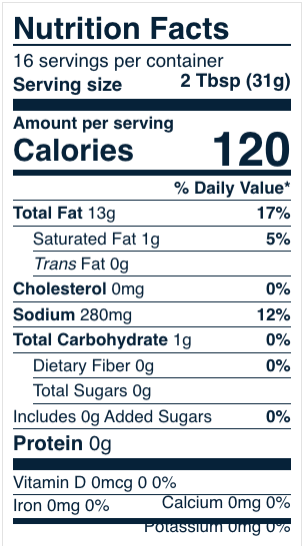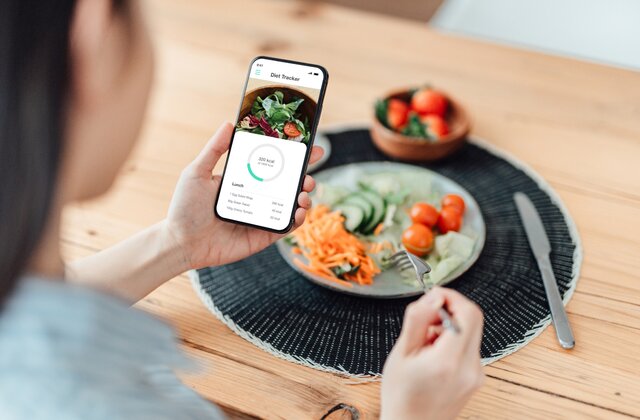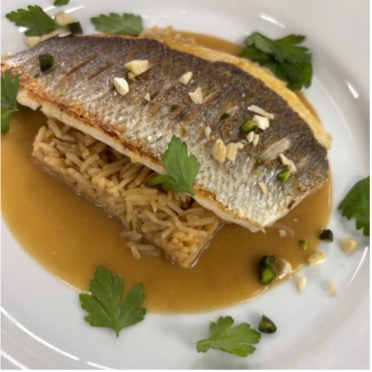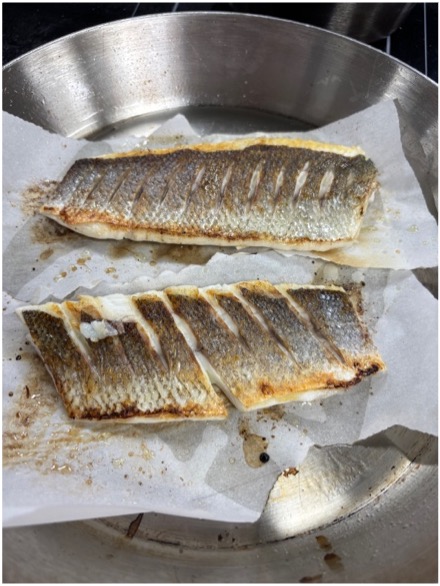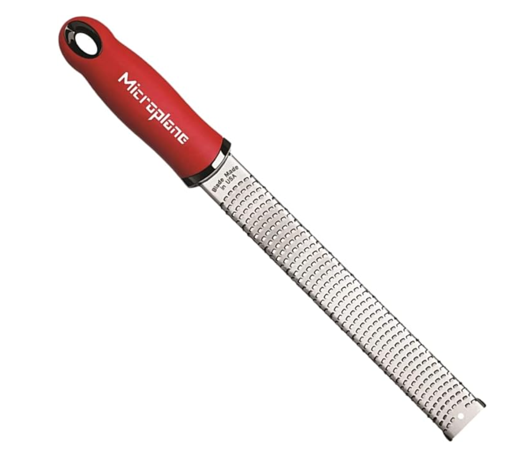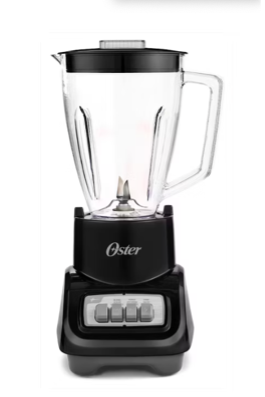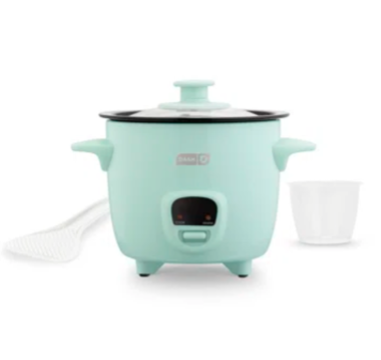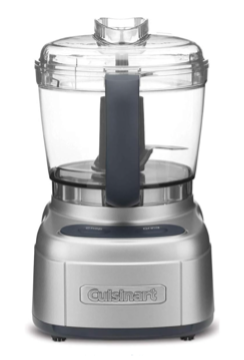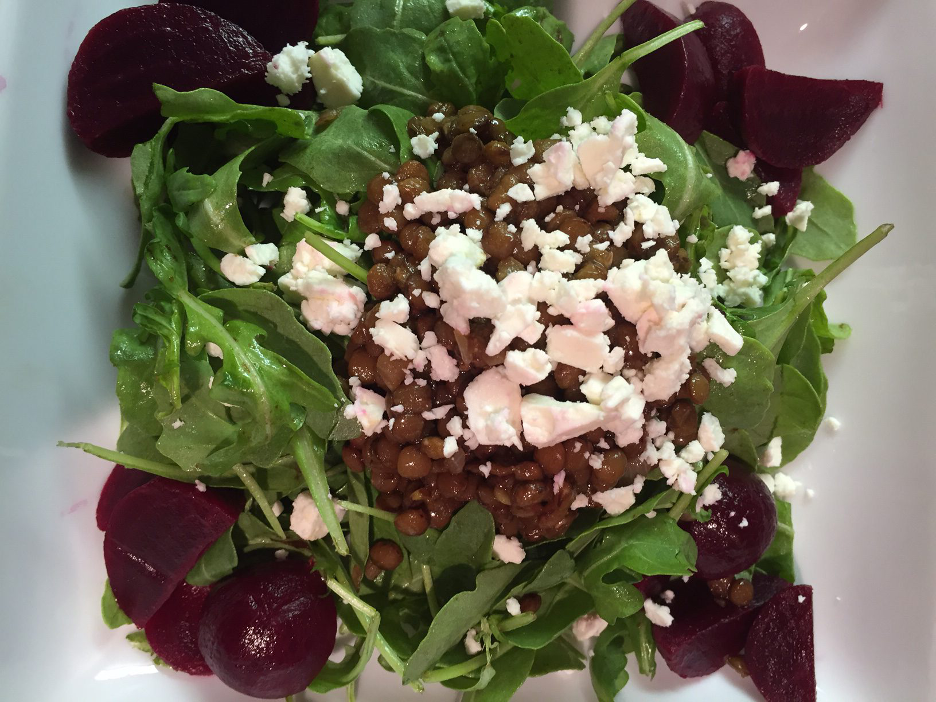
It is not quite yet fall, however, the days are getting shorter and cooler so we know it’s coming. This salad is a great way to usher in the season. It is an interesting main dish and is super quick, thanks to using canned beets. You can also use roasted beets that you can sometimes find prepared and packaged in the produce section. It is a great use for leftover lentils or you can even use other beans. The star, to me, is the cumin vinaigrette.
Ingredients
- 1 cup red, green, or brown lentils
- 1 bag baby arugula
- 1 can whole beets, drained
- 2 ounces (approximately ⅓ cup) feta cheese, crumbled (can use blue cheese or goat cheese)
Cumin Vinaigrette:
- ¼ cup olive oil
- 1 shallot, minced
- 1 teaspoon ground cumin
- 2 tablespoons balsamic vinegar
- 1 tablespoon lemon juice
- Pinch cayenne
- Salt and pepper to taste
Directions
- Make the vinaigrette by heating the oil in a medium skillet and sautéing the shallots.
- Add the cumin and cook 1 minute. Remove from heat and add the vinegar, lemon juice, cayenne, salt, and pepper.
- Divide the vinaigrette into 2 bowls to cool.
- In a large pot, cook the lentils until tender in salted water. Usually this will take between 15-40 minutes, depending on how soft you like the lentils. You can use vegetable or chicken stock instead of water for more flavor.
- Drain the lentils and toss with ½ the vinaigrette.
- Toss the arugula in the other bowl with ½ the vinaigrette.
- Cut the beets in quarters and divide between 4 plates.
- Place ¼ of the arugula on each plate.
- Top with ¼ of the lentils.
- Divide the feta cheese between the plates.
Nutrition Information per Serving
- Serving Size: 1 cup
- Calories: 192 calories
- Carbohydrates: 22 grams
- Fiber: 7 grams
- Protein: 9 grams
- Fat: 9 grams
- Sodium: 79 mg
Don’t miss another great blog: Subscribe Now




